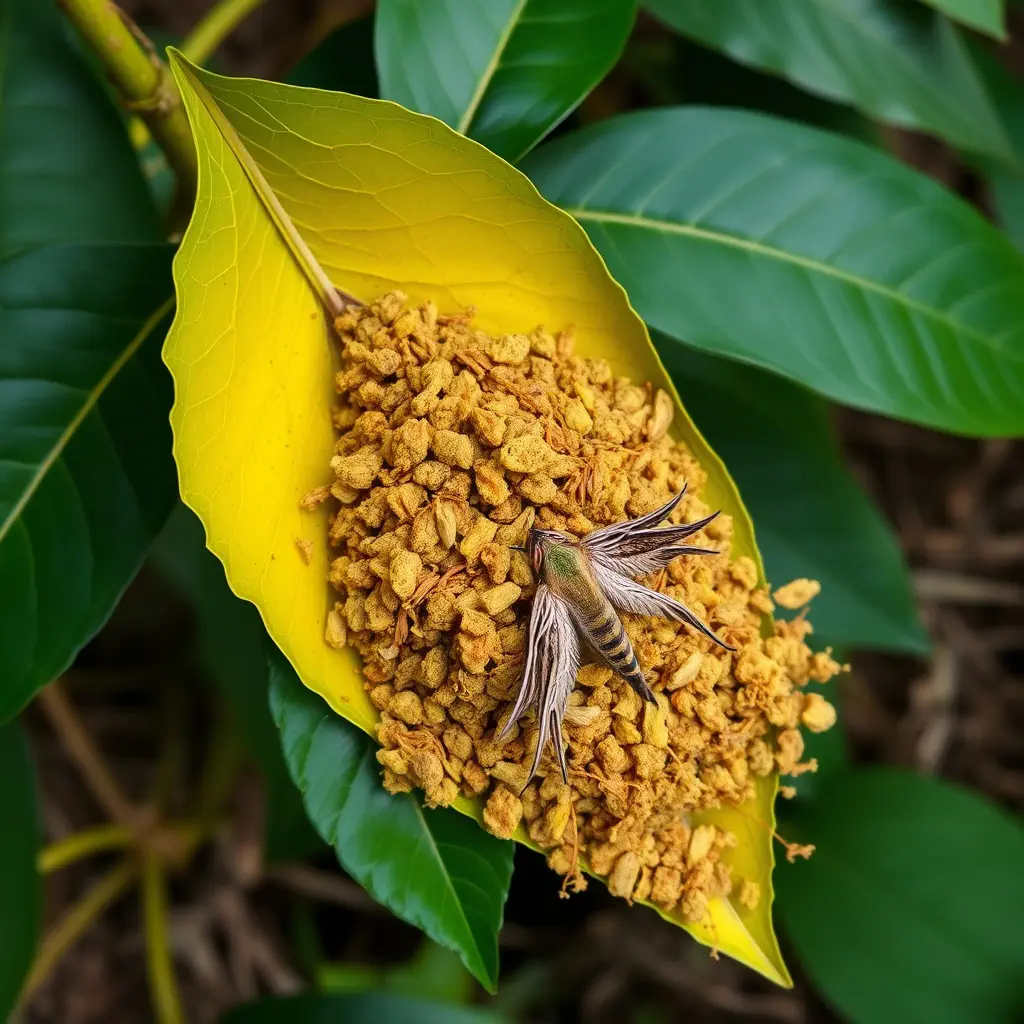Kratom, a plant from Southeast Asia with medicinal properties for natural pain management, contains alkaloids like mitragynine and 7-hydroxymitragynine that can interact with opioid receptors as an alternative to synthetic opioids. Responsible kratom shopping is critical, emphasizing the importance of buying from reliable vendors who conduct lab testing to ensure product quality and safety. Individual sensitivity to kratom means starting with a low dosage and adjusting as needed for optimal pain relief while minimizing side effects. It's crucial to consult healthcare providers before incorporating kratom into any health regimen to avoid adverse interactions with other treatments. Ethical sourcing, ensuring sustainable and fair trade practices in kratom cultivation, is also vital for the industry's sustainability. Responsible kratom shopping involves researching vendors for transparency, adherence to regulations, and ethical sourcing. Understanding the different kratom strains like Maeng Da and Bali and their unique effects is essential for personal wellness goals, whether for pain management, mood enhancement, or energy boosts. Dosage should be carefully tailored based on individual needs and responses. This informed approach to kratom shopping and use ensures a responsible integration of this natural supplement into a holistic health regimen, with safety, efficacy, and ethical considerations at the forefront.
explore the potential of kratom supplements for natural pain management. This article delves into the botanical’s role in mitigating discomfort, offering insights on how to responsibly incorporate it into your wellness regimen. We’ll guide you through understanding kratom, its effects on pain relief, and the nuances of kratom shopping for quality products. Learn to safely integrate this natural approach into your daily routine for a more comfortable life without relying solely on pharmaceuticals.
- Understanding Kratom and Its Role in Pain Management
- Key Considerations for Responsible Kratom Shopping
- Effectively Integrating Kratom into a Natural Pain Management Routine
Understanding Kratom and Its Role in Pain Management

Kratom, a tropical evergreen tree native to Southeast Asia, has garnered attention in natural pain management circles due to its alkaloid profile that can influence the brain and nervous system. The two primary alkaloids found in kratom are mitragynine and 7-hydroxymitragynine, which are thought to interact with opioid receptors in the body, potentially providing relief from pain without the need for synthetic opioids. When considering kratom for pain management, it’s crucial to approach kratom shopping with care. Consumers should seek out reputable vendors who provide lab-tested products to ensure both efficacy and safety. Additionally, because individual responses to kratom can vary, it’s important to start with a low dose and gradually titrate upwards based on personal tolerance and pain relief achieved. This cautious approach aids in finding the optimal dosage for each unique individual, thereby maximizing the potential benefits of kratom while minimizing any adverse effects. Furthermore, as with any supplement or medication, consulting with a healthcare provider before incorporating kratom into a pain management regimen is advisable to ensure it aligns with one’s overall health plan and does not conflict with other treatments.
Key Considerations for Responsible Kratom Shopping

When incorporating kratom into a natural pain management regimen, responsible shopping practices are paramount. Prospective buyers must prioritize the purity and potency of the kratom supplements they purchase, ensuring that they come from reputable sources. The purity aspect is crucial as kratom products can vary significantly in quality; some may be adulterated with synthetic substances or other contaminants. To safeguard health, always opt for lab-tested products where the alkaloid profile has been verified. Additionally, it’s important to consider the ethical sourcing of kratom. The environmental and social impacts of kratom cultivation can be significant, making it essential to support sustainable and fair trade practices. Responsible kratom shopping involves thorough research into vendors’ transparency, compliance with local laws, and commitment to sustainability. By doing so, consumers can contribute to the long-term viability of the kratom supply chain and ensure that their choice aligns with ethical standards.
Another key consideration in responsible kratom shopping is understanding the different strains available and their respective effects. Mitragyna speciosa, the scientific name for kratom, comes in various strains such as Maeng Da, Bali, and Thai, each offering distinct benefits. A comprehensive approach to selecting a strain may involve considering personal wellness goals, whether it be managing pain, enhancing mood, or boosting energy levels. Consumers should also educate themselves on the appropriate dosage based on their unique physiology and the specific effects they wish to achieve. This responsible approach to kratom shopping will not only optimize the user’s experience but also foster a better understanding of how this natural supplement can be integrated into a holistic health plan.
Effectively Integrating Kratom into a Natural Pain Management Routine

When considering the integration of kratom into a natural pain management routine, it is crucial to approach the process with both diligence and discernment. Kratom, derived from the leaves of the Mitragyna speciosa tree, has been traditionally used for its potential pain-relieving effects. Today, many individuals opt for kratom as a natural alternative to conventional pain medication. To effectively incorporate kratom into your routine, it is essential to begin with reputable kratom vendors who specialize in high-quality products. Kratom shopping should prioritize suppliers who provide transparent lab results confirming the purity and potency of their offerings. This step ensures that you are not only consuming a product free from adulterants but also one that aligns with your specific pain management needs.
Once you have sourced a reliable vendor, the next step is to determine the appropriate kratom strains and dosages for your condition. Different strains, such as Maeng Da or Bali, can offer distinct effects; some may be more effective for managing chronic pain, while others could be better suited for acute or inflammatory discomfort. It is advisable to start with a lower dosage to gauge your body’s response before adjusting according to the severity of your pain. Additionally, maintaining regular intervals between doses can help maintain consistent levels of relief throughout the day. Always consult with a healthcare provider when integrating kratom into your health regimen, as it may interact with other medications or have contraindications based on individual health considerations. By approaching kratom shopping and usage with informed intention, you can find a place for this natural supplement within your holistic pain management strategy.
In conclusion, kratom has emerged as a natural alternative for pain management, offering a potentially effective solution for those seeking to reduce or supplement their reliance on traditional pharmaceuticals. When incorporating kratom into one’s health regimen, it is imperative to approach kratom shopping with careful consideration of product quality and vendor credibility, as highlighted in the article’s discussions. Integrating kratom responsibly into a pain management routine requires a nuanced understanding of dosage, strain selection, and individual body responses. By adhering to these guidelines, individuals may find kratom to be a beneficial addition to their wellness practices. It is always advisable to consult with healthcare professionals before making any changes to your pain management strategy, especially when incorporating natural supplements like kratom.






